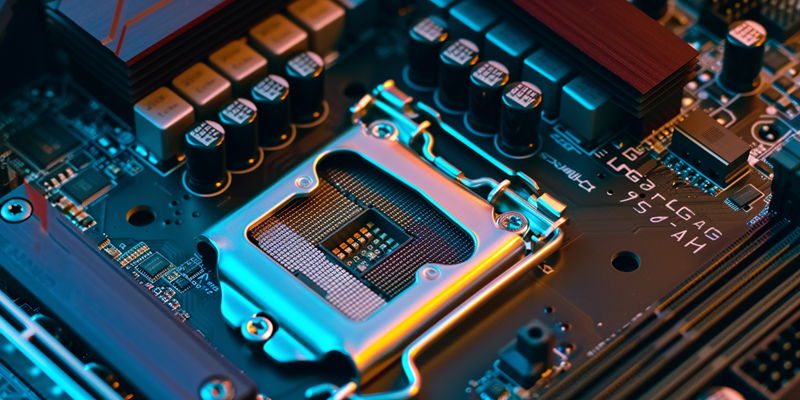AMD’s advancements in the CPU realm have always garnered attention, but the recent leaks revolving around the Ryzen 9 HX 370 are generating unusual buzz. It’s not every day that a processor shows such a substantial leap forward, and these benchmarks hint at a significant step up in performance. Based on the Strix Point architecture, the new chip appears to be leaving its predecessors in the dust, with reported improvements that could reshape expectations for what a mobile processor can do.
A New Frontier in Processing Power
Striking Performance Upgrades
The AMD Ryzen 9 HX 370 is making waves with reported benchmarks that imply a 20% increase in performance compared to the Granite Ridge APUs. With Geekbench scores coming in at 2,544 for single-core and a whopping 14,158 for multi-core, these are more than just incremental improvements; they are indicative of substantial advancements in AMD’s computing lineup. This potentially places the Ryzen 9 HX 370 way ahead of rivals such as the Ryzen 9 8945HS, highlighting AMD’s commitment to push the boundaries of what’s possible in a mobile processor.
These numbers aren’t just for show—they underscore AMD’s persistent drive to fine-tune their processors for optimal performance. A processor’s single-core performance is paramount for everyday tasks, while its multi-core capability becomes crucial for more demanding applications and multitasking. The balance between the two is key, and AMD seems to have struck that balance with precision, offering users a potent blend of efficiency and power.
Groundbreaking Technical Specifications
Under the hood, the Ryzen 9 HX 370 is equipped with impressive specs. The processor boasts a formidable 12-core, 24-thread configuration with a boost clock peaking at 5.1GHz, and is supported by a significant 24MB of L3 cache. Moreover, AMD has introduced a 45 TOPS Neural Processing Unit for machine learning applications, all within a surprisingly modest 28W TDP. These features alone put the new Ryzen chip on par with some of the best offerings on the market, potentially competing with the Qualcomm Snapdragon series.
AMD’s decision to announce these chips with a July availability window indicates confidence in the product and a readiness to compete head-on in the highly contested CPU market. What stands out is the blend of power with efficiency, demonstrating an acknowledgment of the growing need for energy-conscious yet powerful computing solutions. The tech community has long speculated about what AMD’s next move would be, and it seems that they are responding with this processor by merging high performance with a design tailored for the power-savvy user.
Integrated Graphics Take Center Stage
Unrivaled Integrated GPU Performance
With the Ryzen 9 HX 370, AMD isn’t just focusing on CPU muscle. The inclusion of the Radeon 890M, an integrated GPU based on the advanced RDNA 3 architecture, is indicative of AMD’s vision. Featuring 16 compute units clocked at 2.9GHz, this GPU can compete with an RTX 2050 laptop graphics card, which is no small feat. If the Geekbench OpenCL benchmarks are accurate, we’re looking at graphical performance that outshines the 890M’s predecessor by 40%, setting a new standard for integrated GPUs.
Desktop-level graphics in a mobile chip? That’s the promise AMD seems ready to deliver. The 890M hasn’t just surpassed the previous 780M, but it’s also eclipsing the performance of desktop Arc A370, a move that could potentially shake up the industry’s understanding of integrated graphics performance. Gamers and professionals alike could benefit from such advancements, offering more freedom and flexibility without the need for discrete graphics cards.
Prioritizing Power Efficiency Alongside Performance
AMD’s recent strides in CPU technology are making waves, and the hype surrounding the leaked details of the Ryzen 9 HX 370 is particularly noteworthy. This processor isn’t just causing a stir for any ordinary reason; the excitement is attributable to the remarkable leap in performance the benchmarks suggest. Based on the new Strix Point architecture, this up-and-coming chip seems to drastically outperform its predecessors. The improvements we’re seeing are more than just incremental; they signal a major shift in capabilities. What we’re potentially seeing is a chip that could radically alter our standards for mobile processor performance. Tech enthusiasts and industry professionals are eagerly watching what this could mean for the future of on-the-go computing. If the Ryzen 9 HX 370 lives up to the excitement, AMD could redefine the standard for high-performance mobile CPUs.

